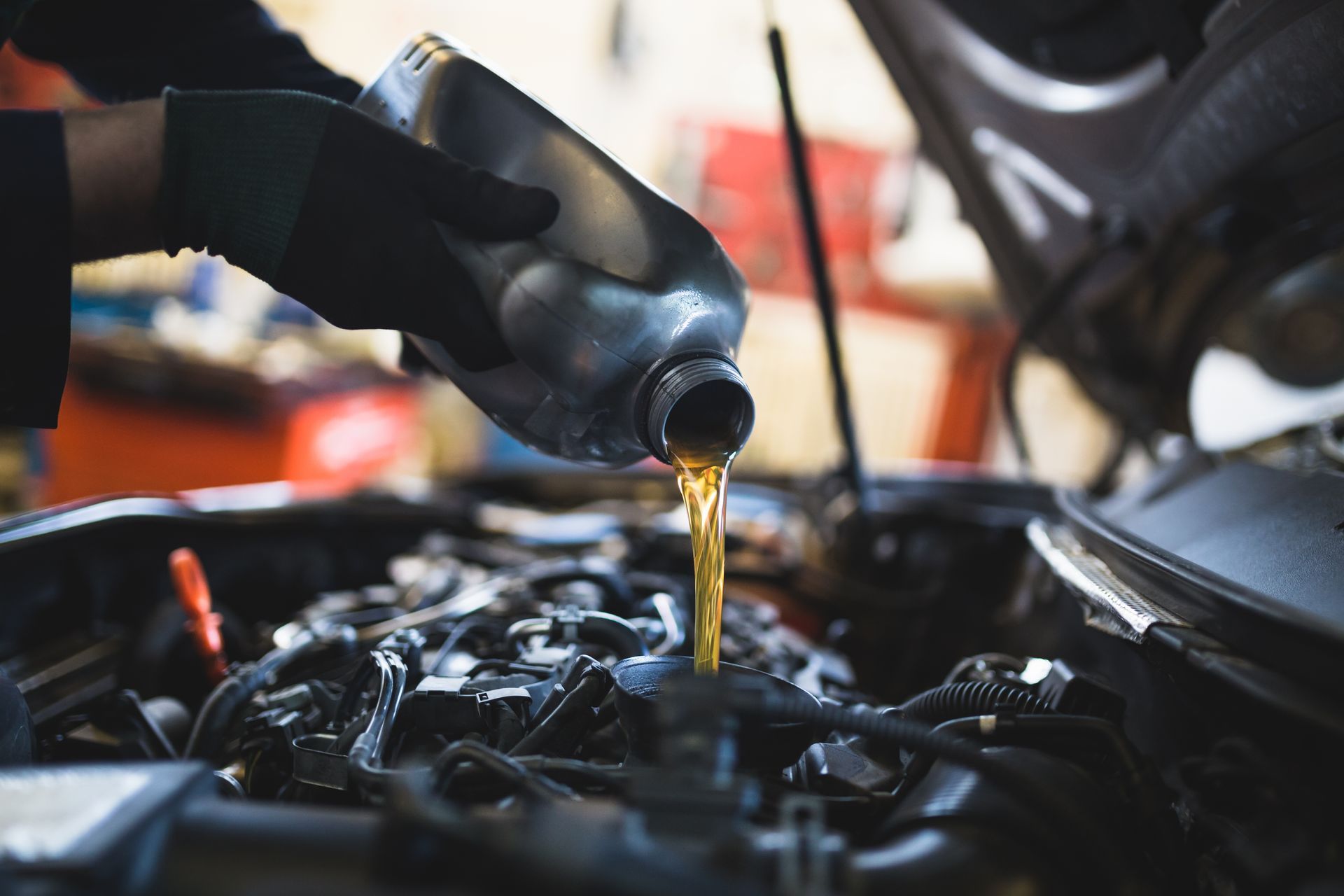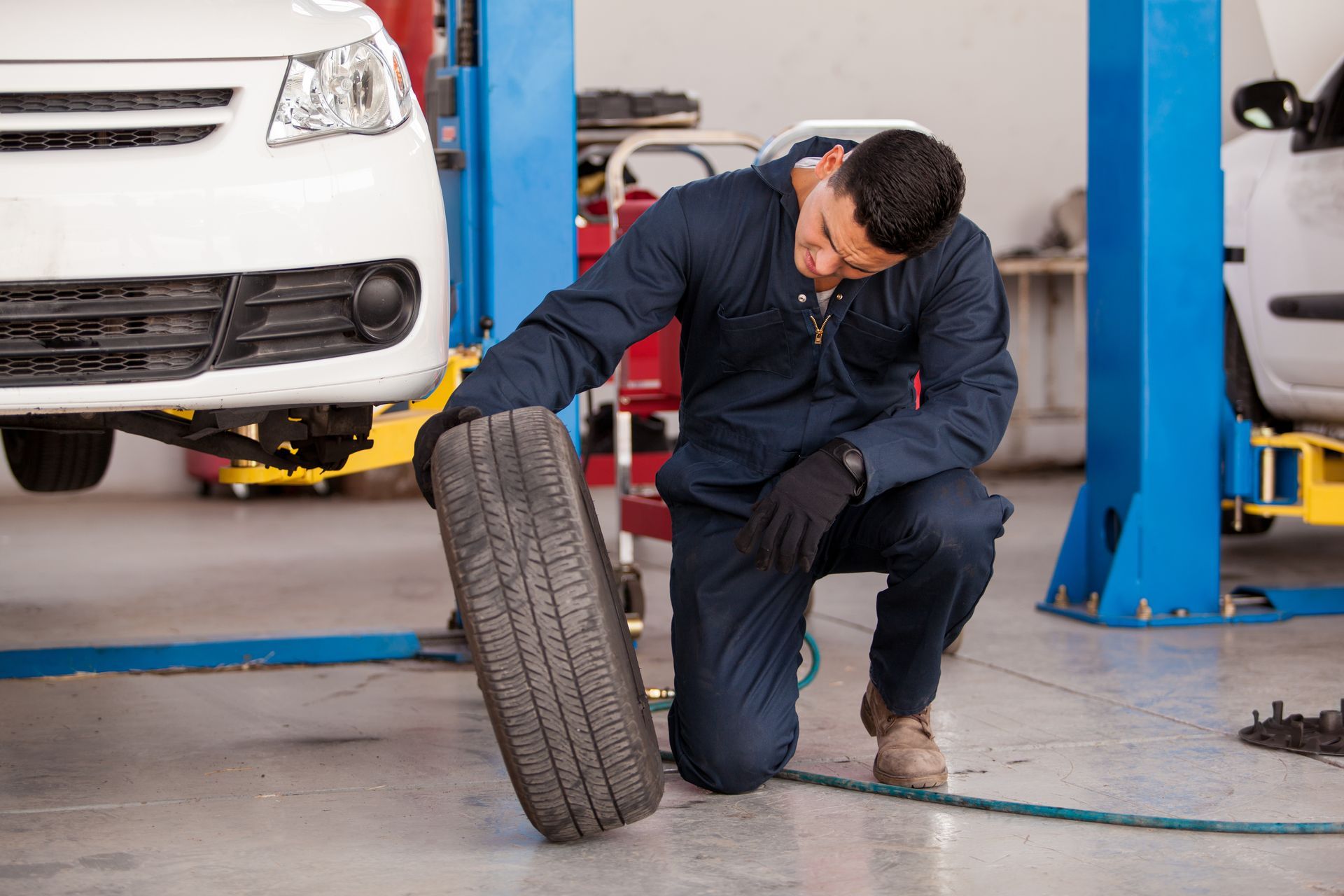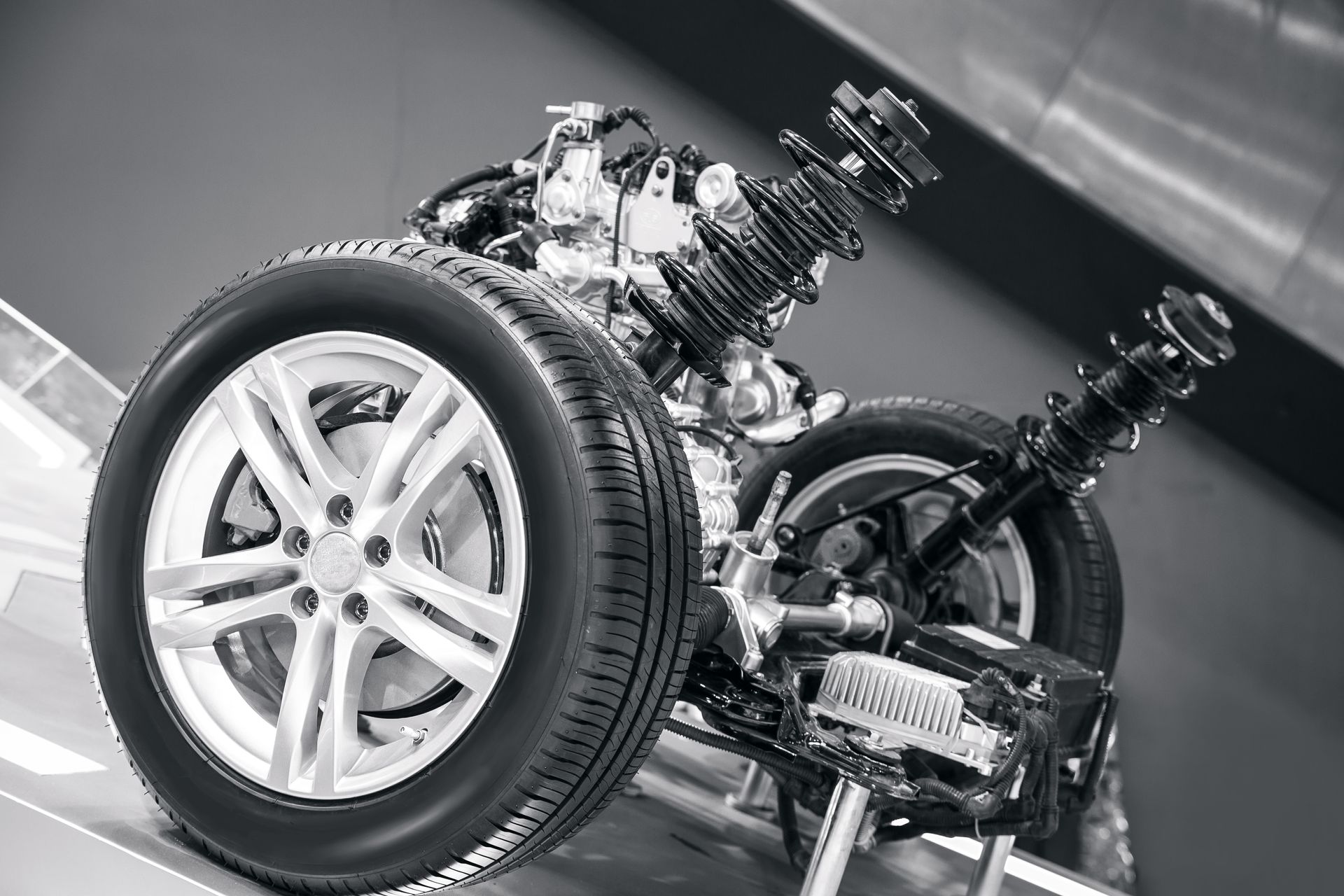How Often Should You Replace Your Tires?
Tires are one of the most critical components of your vehicle’s safety and performance. They provide the grip that keeps your car connected to the road, absorb shock from rough pavement, and play a major role in braking and steering. But knowing exactly when to replace your tires isn't always straightforward. While most drivers rely on visual wear indicators or the penny test, there are additional factors that can determine whether your tires are still safe.
The reality is that tire condition is affected by age, driving habits, road conditions, and even the type of vehicle you drive. Paying attention to these factors can help you avoid unexpected blowouts or poor handling, especially important during the variable driving conditions in the Kennewick area.
The Typical Lifespan of a Tire
Most tires are designed to last between 40,000 and 60,000 miles, depending on the brand and type. However, this number can vary significantly based on how and where you drive. Constant highway cruising wears tires differently than stop-and-go city traffic. Likewise, aggressive acceleration, hard braking, and fast cornering can speed up tire wear.
In general, if your tires are more than six years old, they should be inspected annually, even if the tread looks acceptable. Rubber degrades with time due to exposure to sunlight, heat, and weather, leading to cracking or dry rot. At ten years, tire manufacturers recommend replacement regardless of mileage, simply because the material can no longer be trusted to perform safely.
Tread Wear Isn’t the Only Indicator
Many drivers wait until their tread looks worn before considering replacement. While low tread depth is certainly a warning sign, it isn’t the only concern. Uneven wear, for example, might indicate alignment or suspension issues. Tires worn more on one side or in patches can impact your vehicle’s stability and braking power.
Another factor is tire noise. If your tires suddenly start making more road noise or you notice vibrations at certain speeds, the internal structure may be deteriorating, even if the tread still appears adequate.
Climate and Road Conditions Matter
In a place like Kennewick, seasonal temperature shifts and rougher road conditions can influence how long your tires last. Cold weather can stiffen rubber and cause cracking, especially if your tires aren’t rated for low temperatures. Summer heat, on the other hand, increases road surface temperatures and can accelerate tread wear.
Frequent exposure to gravel roads, construction zones, or potholes also takes a toll on tires, leading to damage that shortens their lifespan. This is why regular visual inspections are so important, even between service appointments.
Driving Habits Make a Big Difference
Do you regularly haul heavy loads, take long road trips, or drive at higher speeds? These habits generate more heat and friction, both of which can contribute to faster tire degradation. Conversely, if your vehicle sits for long periods, your tires may develop flat spots or sidewall cracks due to inactivity and pressure loss.
Every driving pattern comes with its own set of wear risks, so it's important to tailor your tire care and replacement schedule to your lifestyle.
How to Stay Ahead of Tire Problems
The best way to avoid a dangerous tire failure is to be proactive. Start by checking your tire pressure monthly. Underinflated tires wear faster, reduce fuel economy, and generate excess heat. Overinflated tires wear unevenly and reduce traction.
Regular tire rotations help promote even wear and extend their lifespan. Most manufacturers recommend rotating your tires every 5,000 to 7,500 miles, but your vehicle’s owner’s manual may offer a more specific interval.
Also, be sure to check the tire’s manufacturing date. It’s printed on the sidewall in a four-digit code at the end of the DOT number. For example, “2819” means the tire was made in the 28th week of 2019. If your tires are getting close to six years old, it’s time to plan for a replacement.
When in Doubt, Ask a Professional
Tire wear isn’t always easy to assess at home. That’s why it’s important to have a technician inspect your tires as part of your regular vehicle service. They’ll look for signs of sidewall damage, punctures, belt separation, or tread issues you might not notice.
If your vehicle feels like it’s pulling to one side, shakes while driving, or takes longer to stop, those could also be signs your tires need replacement or alignment.
Stay Safe With Help From Steve’s Tire & Auto Repair in Kennewick, WA
Tires are your first and only point of contact with the road, so it pays to take them seriously. If you’re not sure how much life is left in your tires or want a second opinion, we’re here to help. We’ll inspect your tires, check your alignment, and make sure your vehicle is ready for every road condition the Tri-Cities has to offer.
Call
Steve’s Tire & Auto Repair in Kennewick, WA, today to schedule a tire inspection or replacement. Let us help you stay safe, smooth, and confident behind the wheel.



